Species Deletions from Microbiome Consortia Reveal Key Metabolic Interactions between Gut Microbes
Revista : mSystemsVolumen : 4
Páginas : e00185-19
Tipo de publicación : ISI Ir a publicación
Abstract
The gut microbiome is a complex microbial community that plays a key role in human health. Diet is an important factor dictating gut microbiome composition. This is mediated by multiple microbe-microbe interactions that result in the fermentation of nondigestible carbohydrates and the production of short-chain fatty acids. Certain species play key metabolic roles in the microbiome, and their disappearance could result in dysbiosis. In this work, a synthetic consortium of 14 gut microbes was studied during the utilization of prebiotic inulin in batch bioreactors. Fermentations were repeated leaving one species out every time, in order to evaluate the impact of their elimination on the system. Substrate consumption, microbial composition, and metabolite production were determined. Single deletions never resulted in a complete loss of bacterial growth or inulin consumption, suggesting functional redundancy. Deletions of Bacteroides dorei and Lachnoclostridium clostridioforme resulted in lower biomass and higher residual inulin. The absence of B. dorei impacted the abundance of the other 10 species negatively. Lachnoclostridium symbiosum, a butyrate producer, appeared to be the most sensitive species to deletions, being stimulated by the presence of Escherichia coli, Bifidobacterium adolescentis, B. dorei, and Lactobacillus plantarum. Conversely, bioreactors without these species did not show butyrate production. L. clostridioforme was observed to be essential for propionate production, and B. dorei for lactate production. Our analysis identified specific members that were essential for the function of the consortium. In conclusion, species deletions from microbial consortia could be a useful approach to identify relevant interactions between microorganisms and defining metabolic roles in the gut microbiome.




